The quick 10-step shoestring process for becoming a thought leader within your subject matter domain and how to use this position to drive quality traffic from all over the world to your web site.
Check out the e-book International Inbound Lead Generation.
I realise that including a single chapter on how to be found on the Internet is quite ambitious. Thick books have been written on this subject. Nevertheless, I do see untapped potential for most small software companies with limited budgets. In my recent book, Going Global on a Shoestring, I give the reader a quick 10-step shoestring process for becoming a thought leader within her subject matter domain and explain how to use this position to drive quality traffic from all over the world to her web site. In this post, I will review the first two steps.
You are an expert
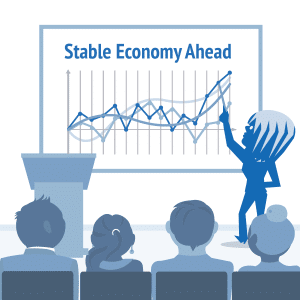
The thing you have in abundance and which is unrelated to your limited budget is your insight. You know and understand the issues, problems, challenges and opportunities that your customers have within the domain where you operate. You know the difficulties they face with managing the change from their current modus operandi to a situation based on your category of software or service. You understand the value that your type of solution can release and how to make it happen. That insight is something your potential customers all over the world would like to learn if they knew you existed and if you shared your wisdom in a non-propaganda and product-agnostic type format.
Real thought leaders are not self-appointed
I admit that the term thought leadership is misused. Doing a simple search on LinkedIn returns over 100,000 people in my immediate network that use the phrase to describe themselves. A quick look reveals that most of them don’t share any leading thoughts on their LinkedIn profiles or anywhere else for that matter. They claim to be thought leaders, but it doesn’t show.
There is a process for becoming a recognised thought leader or a subject matter authority and, if you follow my advice, you won’t have to make the claim yourself.
Instead, you must establish a schedule for thinking, documenting and sharing your thoughts – generously. The key objective is to make others consider you a thought leader or a trustworthy industry authority, which doesn’t require self-inflation. Rather the opposite. If your global key audience can find and enjoy your documented thoughts, then you are on the right track.
Understand your business model
When you have invested time in understanding and documenting your business model, then you already know your target audience well. If not, then now is the time to become super-specific.
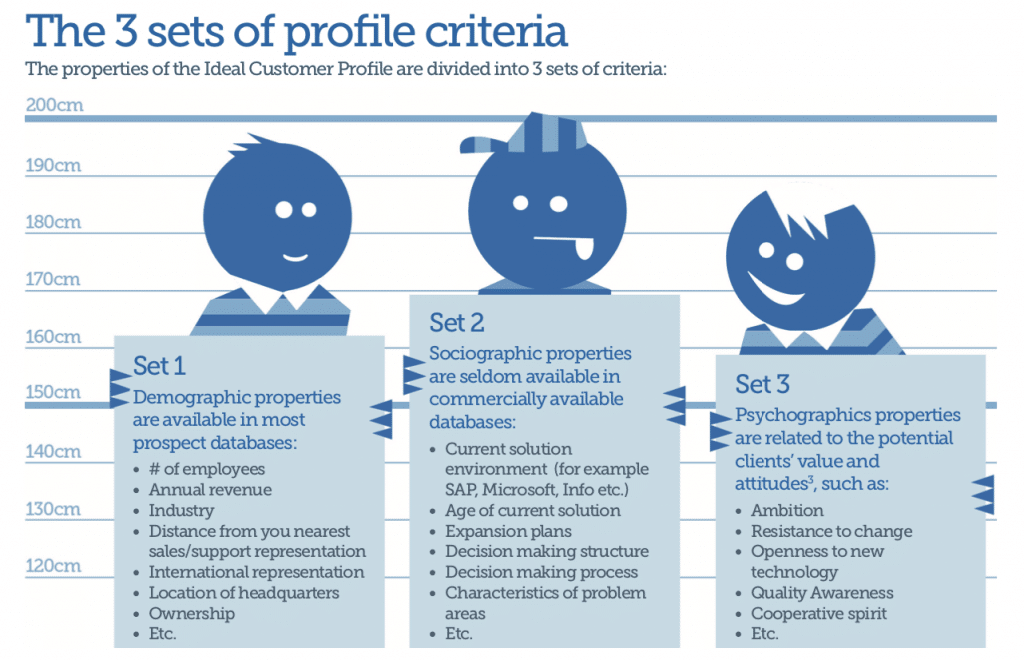
First, you define the type of companies or people that get the most value from using your product or service. Start with the demographic characteristics, and you might as well limit the description to the filter options available in LinkedIn’s Sales Navigator because, in step seven, we will use these variables to find them by name.
Now consider if there are any specific challenges that your type of customers face as organisations and individuals. Find industry sources that can help you understand the big picture, but also remember to talk to your customers about their specific issues and what they think about them.
When the buying journey for your product is complex, then your target audience consists of several individuals within each firm. They are a generic type of decision-maker, purchaser, end-user or influencer that plays a specific and essential role in acquiring your kind of solution. Decide how many individuals you are dealing with and make a generic description of their position, concerns, challenges and success criteria. Again, start the description by using the demographic search options offered by LinkedIn’s Sales Navigator.
Now that you know your target audience, then you can define the process for how they find, become interested in and end up buying a product or service like yours. Your revenue generation process then becomes the facilitation of the customers’ buying journey as illustrated here.
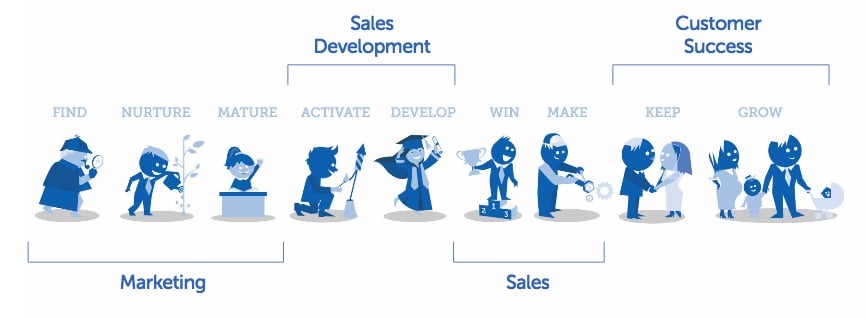
Search engine optimisation
Becoming a thought leader or a trustworthy industry authority requires that you provide content that helps these key individuals in each step of their buying journey. As you are interested in being found, you must have an idea of which keywords or phrases they use when searching for information or solution for their problems.
This discipline is called SEO – Search Engine Optimisation. Which words and phrases do your key personas use when talking about the problems you solve? Which phrases will they use when searching for information on the various search engines (Google, YouTube, Bing, DuckDuckGo, Baidu and others)?
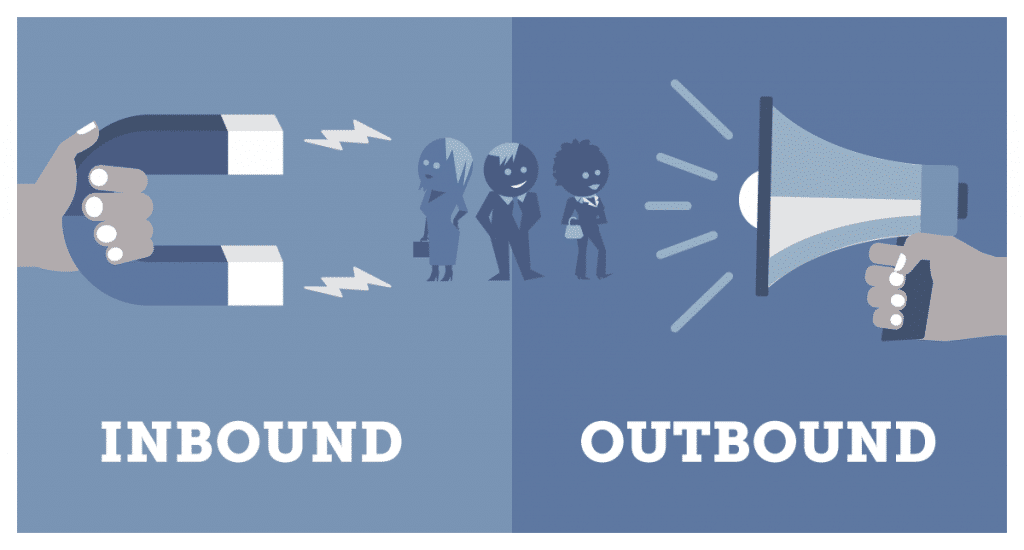
Before writing the book, I was fortunate to get an introduction to SEO by Grit Neumann, a senior online marketing consultant at the German company Ströer. By coincidence, she and her family stayed at the same holiday resort in Croatia as we did, and she was generous and took some hours of her holiday to give me a peek into the mystery of being found on search engines. After reviewing some of the tools she uses to help her clients get found more often, she made a meaningful conclusion:
No SEO tool in the world will help you unless you produce quality content that your target audience wants to consume.
Grit Neumann, a senior online marketing consultant at the German company Ströer
I will not go into the details of SEO, but before you start writing and producing videos and a podcast, you need to have a good feeling for the vocabulary your customers use. You must use their words to describe their world so that they can relate to it. If you are not familiar with SEO, then you should learn the basics. There are plenty of resources available that will help you understand the concepts and how to use the tools available to explore the key phrases used by your target audience.
The difference between propaganda and industry-centric content
There are two main categories of content produced for revenue generation purposes.
All companies produce company and product-centric content telling the world who they are and what they do. Some companies also produce industry-centric content discussing the problems, challenges and opportunities that their customers are facing now and in the future, and what to do about them at the general solution level.
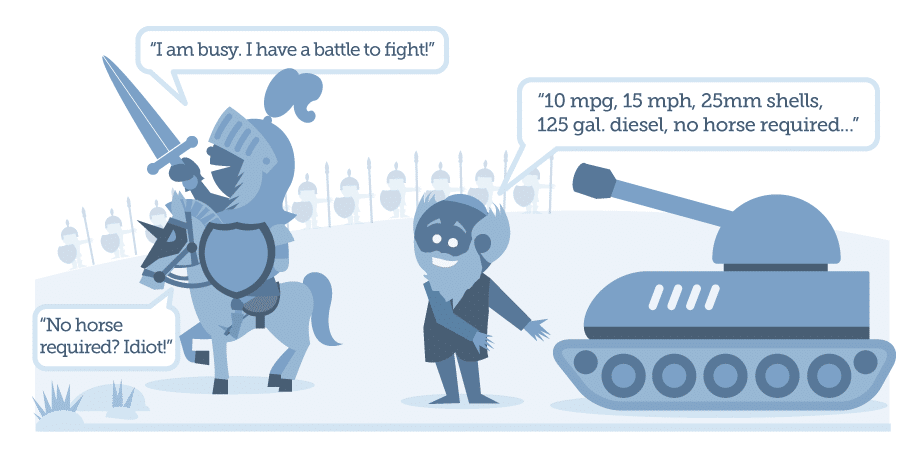
The first category, company and product-centric content, is valuable for people who may consider buying your product. When the customer’s buying process is complex, the higher-level decision-makers are not interested in product-centric content. They are more concerned about mitigating risk.
Industry-centric content is relevant to all customers irrespective of where they are in the buying journey. At any point in time, the bulk of your potential customers are not in active buying mode, which means that your company and your product-centric content doesn’t attract their attention. Instead, they may consider it annoying propaganda.
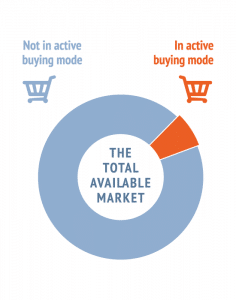
Achieving the status as an internationally recognised thought leader requires that you produce a steady stream of industry-centric content. You can package such content into blog posts or articles, videos, podcasts, white-papers, infographics, ebooks, presentations or some other searchable material that teaches the visitor something valuable in the cross-section of their problems and your area of expertise.
My suggestion would be that you produce ten blog posts of at least 1,200 words each and publish on a regular basis, two white-papers or eBooks of at least 4,000 words each and five videos of five minutes each (remember subtitles!). You can start with the white-papers and then break them up into several articles afterwards or the other way around. The videos can be visual presentations of the content from the articles or the white-papers, including your talking head. If some of the material is suited for the podcast format, then do some of those, too.
Reusing the content across formats is perfectly acceptable and advisable. The whole idea of providing text, videos and podcasts is to reach as large a portion of your target audience as possible. Some prefer reading text; some listen to podcasts while walking the dog or working out, and some prefer to watch videos. The same content in different formats extends your reach.
Having created your starter package, you now produce two one-minute videos to introduce the white-papers and some short teaser texts (280 characters including everything) for each piece of content.
Whitepapers are an excellent format for sharing your insight
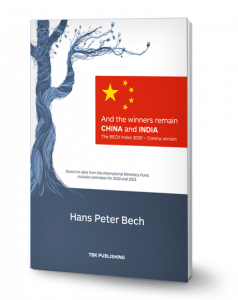
for sharing your insight
When drafting the posts, the white-papers and the scripts for the videos and podcasts, consider who you are talking to and where they are in their buying journey. The same content can address more than one type of buyer and be relevant across several steps of the journey, but looking at the map of people and issues, it seldom covers everything. Over time you should have produced something for all the bases or touch-points in the buying journey.
Try not to mention your product and company in any of this material. You can add a reference at the end of the text, video or podcast, but never at the beginning. Be personable and visible. A thought leader is a human being, not a robot or a company.
Before you move on to step three, you must develop a list of subjects for upcoming content and a publication schedule. Publishing once a week is ideal, but once or twice a month will also work if you have limited resources. Less than once a month is too little.
How to produce quality content
Content production is a problem for most companies, both big and small. Who is going to produce it? How can you take time out of people’s busy calendars to write articles, shoot videos and record podcasts? Can you outsource it to external content producers on a freelance basis? What does it cost?
The preferred scenario is to do most of the production in-house. With the tools available today, setting up video and audio studios and post-production facilities are not expensive, and the benefit of having easy access makes it so much faster to get things done. The shoestring approach should focus on content quality over format quality. There is neither room nor need for expensive productions on a shoestring budget. The quality should be acceptable, which isn’t difficult with the tools available today. Don’t spend your money on being super professional at the format level. You could even argue that a moderate format quality improves the feeling of authenticity. Content is more important than format.
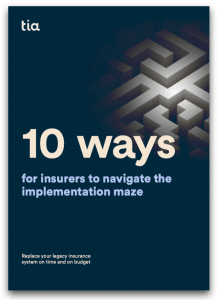
If you don’t have the skills in-house, you can outsource the production of illustrations and final formatting. For the proofing of English content, you will, in any case, need a native English-speaking resource.
If you cannot produce the core content in-house, because you don’t have the writing skills or are uncomfortable talking to a camera or a microphone, then you have a problem. There are plenty of agencies and freelancers offering to produce content, but only a few are good at communicating complex matters. It also comes down to the quality of the briefings they get, and the budgets allocated. It takes substantial briefing to have a third party write something which the readers consider thought-leading. If you go for the outsourcing option, then invest in a long-term relationship with your freelancers or agency. There is a considerable upfront investment in briefing your content team to a level where they can produce something genuinely original.
Several of the companies in the case story section of the book are doing excellent jobs creating thought-leading content. The eBook “10 ways to navigate the implementation maze” from Tia Technology is an outstanding example of product-agnostic content that addresses the concerns of the customers’ top-level decision-makers.
This post is an excerpt from my book Going Global on a Shoestring
The post published first on the TBK Consult blog.
